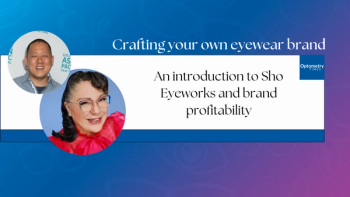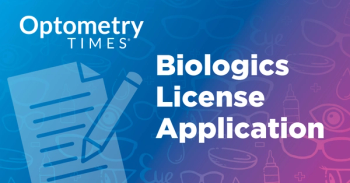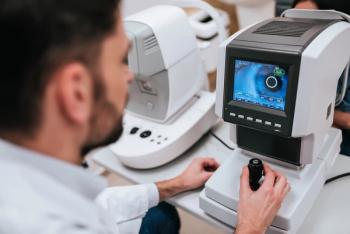
EyeCon 2024: To refer or not to refer? Inside neuro-ophthalmic dilemmas
Ultimately, the goal is to help optometrists better understand which cases require urgent or emergent attention versus those that are more benign and can be managed over time.
Leonard Messner, OD, professor of optometry at the Illinois College of Optometry, presented at EyeCon 2024. The presentation, titled "Neuro-ophthalmic dilemmas: To refer or not to refer," was co-presented with Kelly Malloy, OD, and aimed to provide an overview of the types of neuro-ophthalmic cases optometrists may encounter in their practices.
Messner explains that the goal was to help optometrists better understand which cases require urgent or emergent attention versus those that are more benign and can be managed over time. On the benign side, he discusses cases of "pseudo-papilledema," where the optic nerve appears elevated but is simply an anatomical variation that requires no further investigation. In contrast, true cases of papilledema, indicative of elevated intracranial pressure, necessitate neuroimaging, lumbar puncture, and appropriate management.
A key strategy Messner emphasizes for seamless co-management of these patients is establishing strong working relationships with providers in the area, such as neurologists and neuro-ophthalmologists. Effective communication is crucial to ensure all members of the care team are on the same page, avoiding redundancy and breakdowns in care. He suggests optometrists take the time to delineate responsibilities with these specialists, perhaps over a meal, to build comfort and trust.
When it comes to strengthening relationships with ophthalmologists, Messner reiterates the importance of clear communication to determine each provider's role. He advises optometrists to respect patients' time by avoiding unnecessary referrals and ensuring efficient, coordinated care that prioritizes good outcomes. By fostering these collaborative relationships, optometrists can better navigate the complex landscape of neuro-ophthalmic conditions and provide the best possible care for their patients.
Newsletter
Want more insights like this? Subscribe to Optometry Times and get clinical pearls and practice tips delivered straight to your inbox.








































